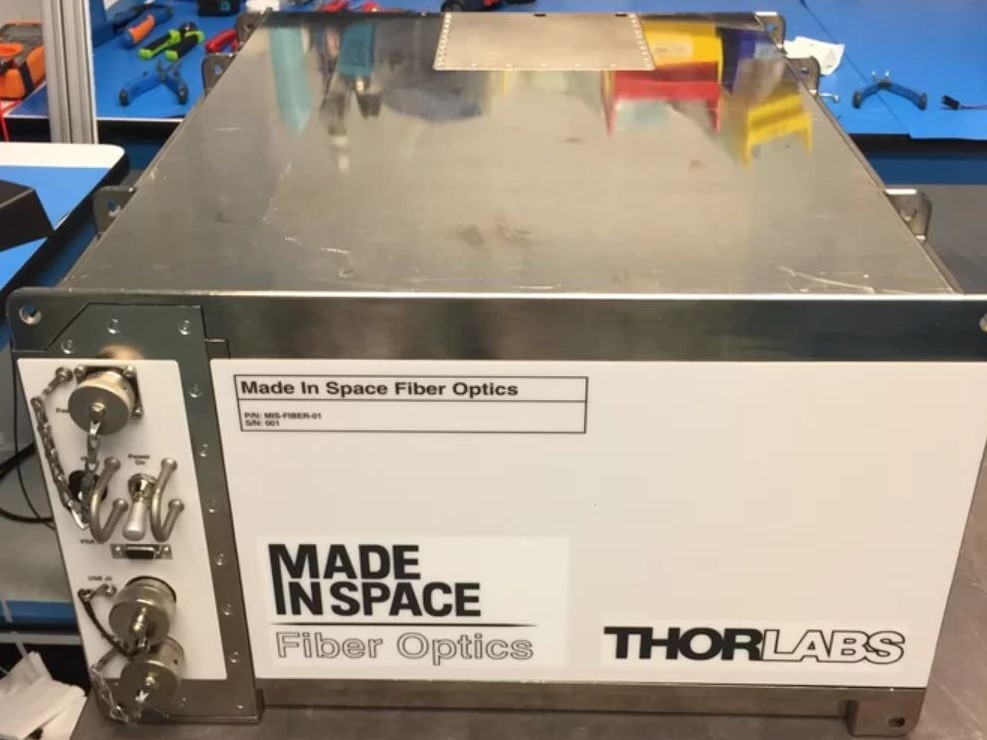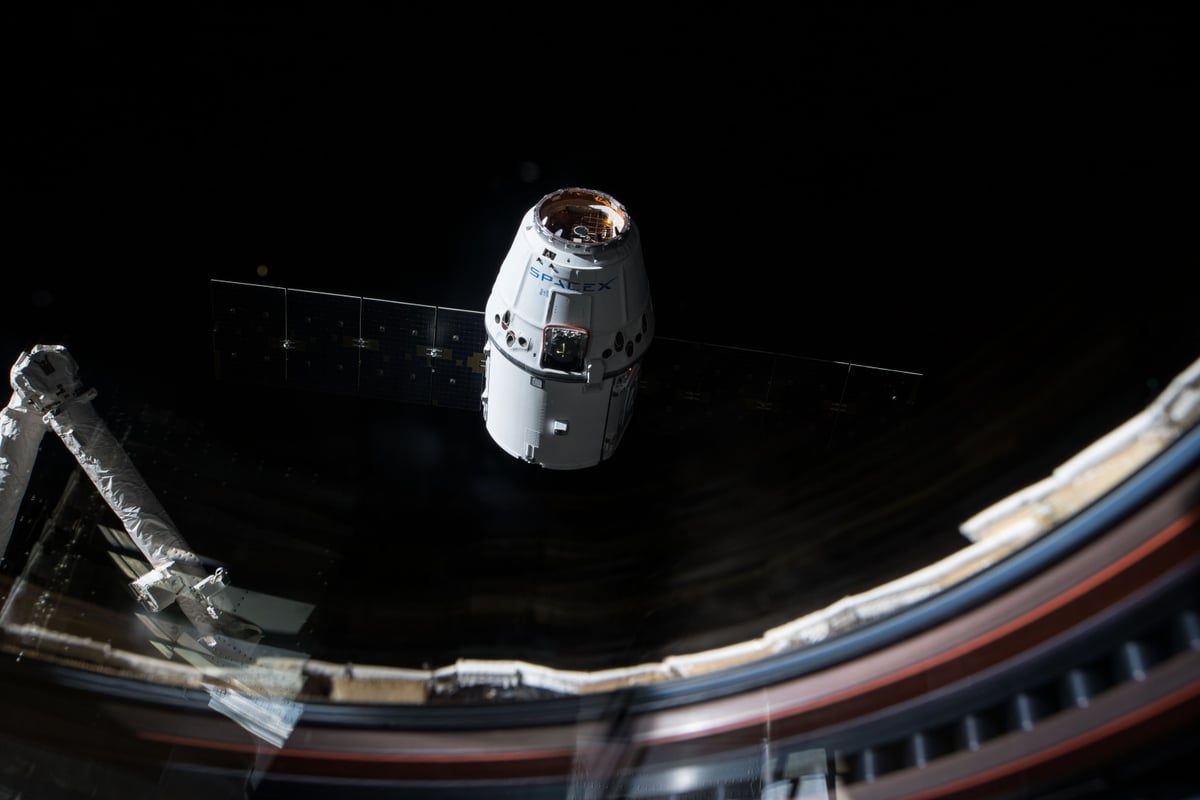After a month’s visit to the International Space Station, SpaceX’s Dragon capsule has returned to Earth, bringing with it the results of several experiments, including an enhanced fiber optic cable, produced by a specialized 3D printer.
“Rapid and complete reusability of rockets is really the key to opening up space and becoming a spacefaring civilization, a multiplanet species, and having the future be something that’s incredibly exciting and inspiring that we’ll all look forward to.”
Those words come from Elon Musk, founder and CEO of SpaceX. He’s talking about the Dragon capsule that landed in the Pacific Ocean on Saturday, after spending a month at the International Space Station (ISS).
The vessel launched on the 15th of December. Onboard were several experiments, including a specialized 3D printer from California startup Made In Space.
Why send a printer into space? To get away from gravity, of course! The machine produces ZBLAN, a unique variety of optical fiber, in zero-gravity. Printing the stuff under normal conditions generates tiny crystalline flaws.
According to company representatives, “in space, ZBLAN optical fiber can be produced without these crystals, providing superior data-transmission capabilities compared to both Earth-produced ZBLAN and traditional silica-fiber optic lines.”

Terran Dreams Made In Space
The ZBLAN device is not the first 3D printer from Made In Space to go to the ISS. That happened in 2014, when NASA wanted to prove that 3D printing could work in space. A second commercial version, called the Additive Manufacturing Facility (AMF) was sent to the station in 2016.
The newest model, about the size of a microwave, is the result of a partnership with Thorlabs, a company out of New Jersey.
In essence, it produces ZBLAN optical fiber by pulling a thread from heated “preform” material. Normally sending raw materials into space is expensive, but forming ZBLAN is relatively efficient. 2.2 pounds of stock produces approximately 2.5 miles of fiber.
The results of the fiber optic experiment have not yet been published, but that wasn’t the only test aboard the Dragon capsule. In fact, the launch itself was an experiment of sorts. It marked the first time that both a Falcon 9 rocket and a Dragon capsule had been reused.
Some of the cargo was even alive! Returning from space were a number of mice, who were being tested with a number of experimental medications.
As if 3D printing wasn’t already opening enough doors here on Earth. Not even the sky is the limit anymore.
Source: Space.com, Digital Trends

License: The text of "SpaceX Research Vessel Returns to Earth" by All3DP is licensed under a Creative Commons Attribution 4.0 International License.